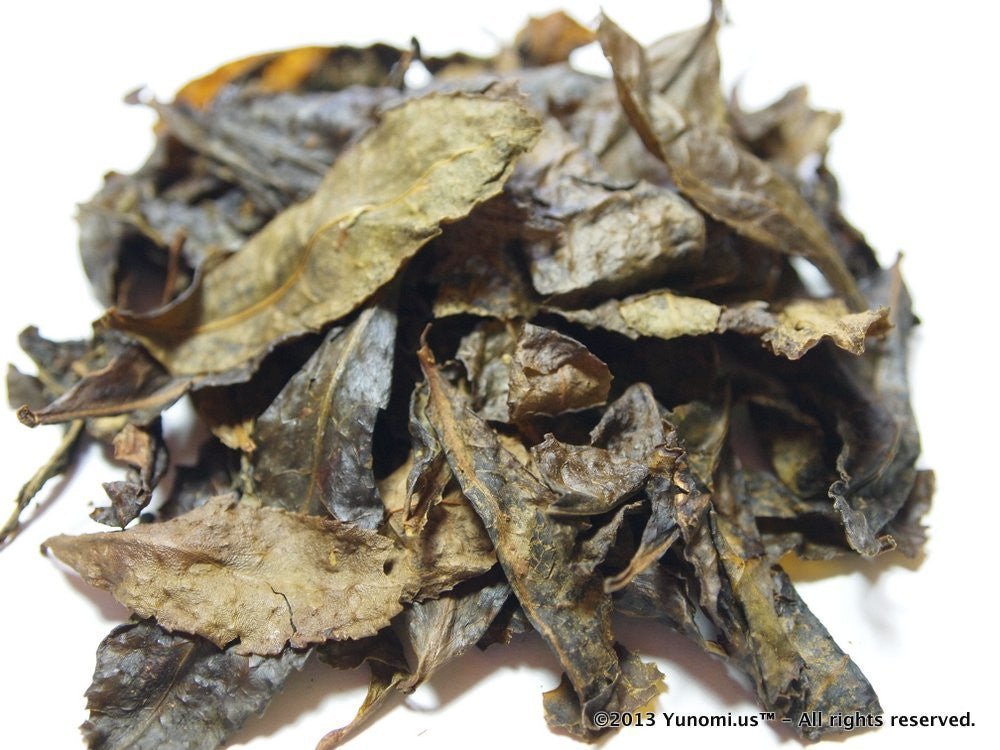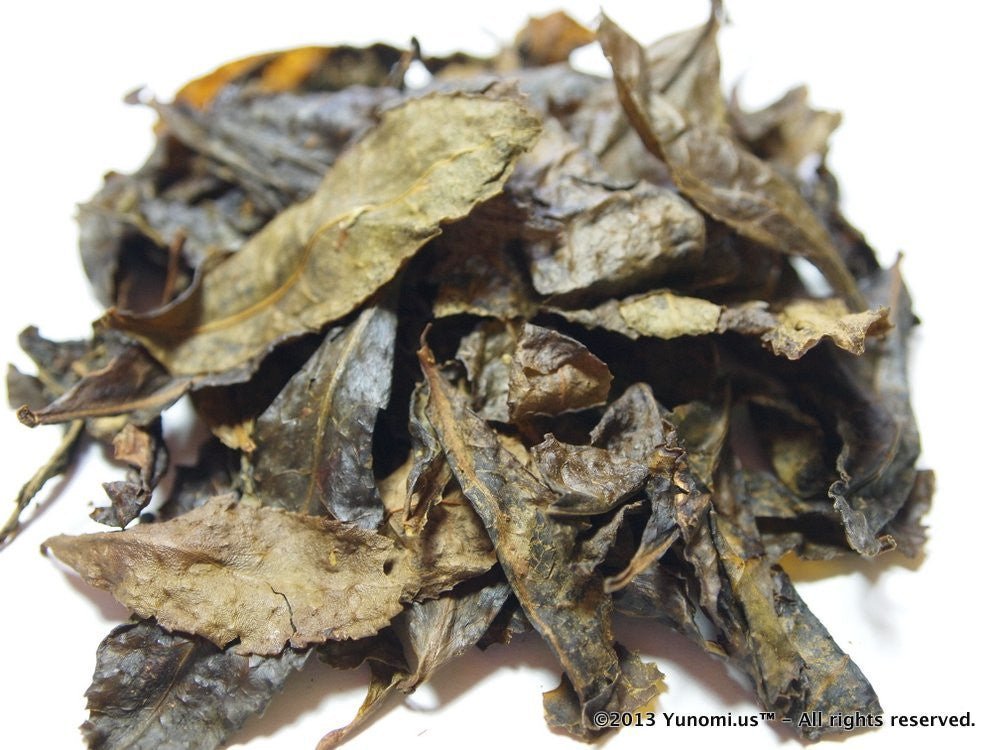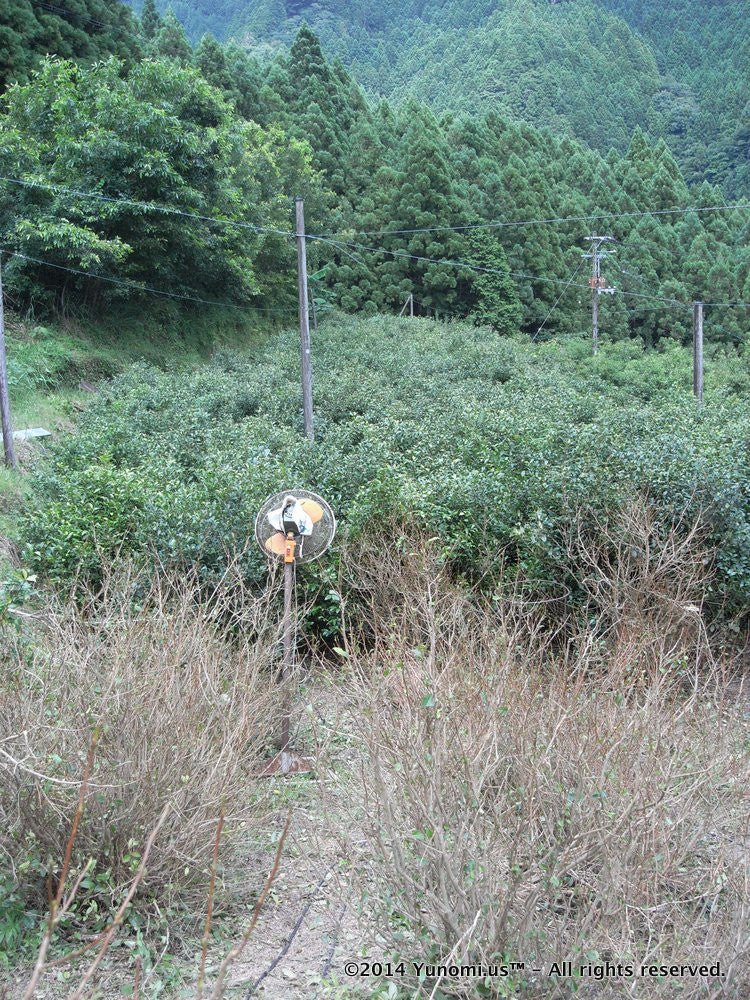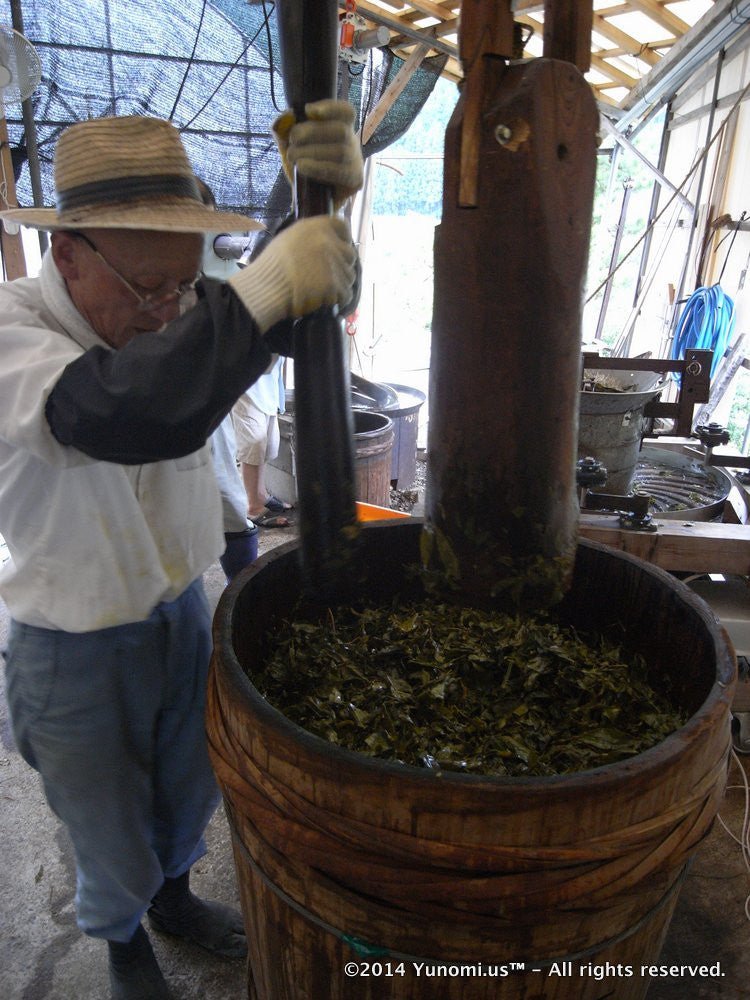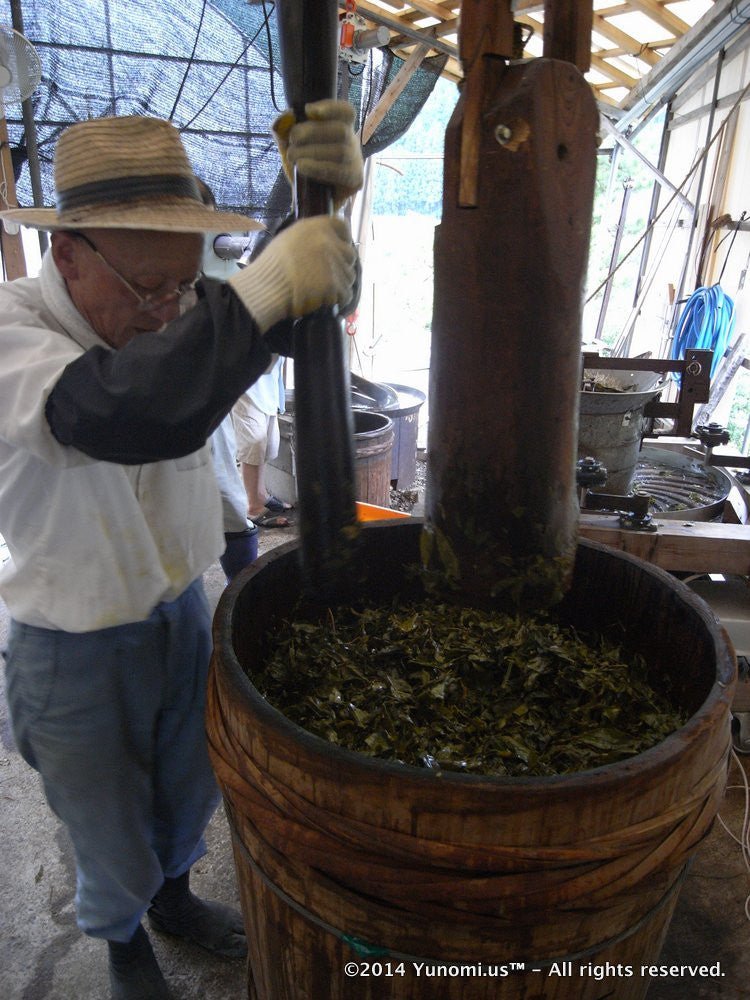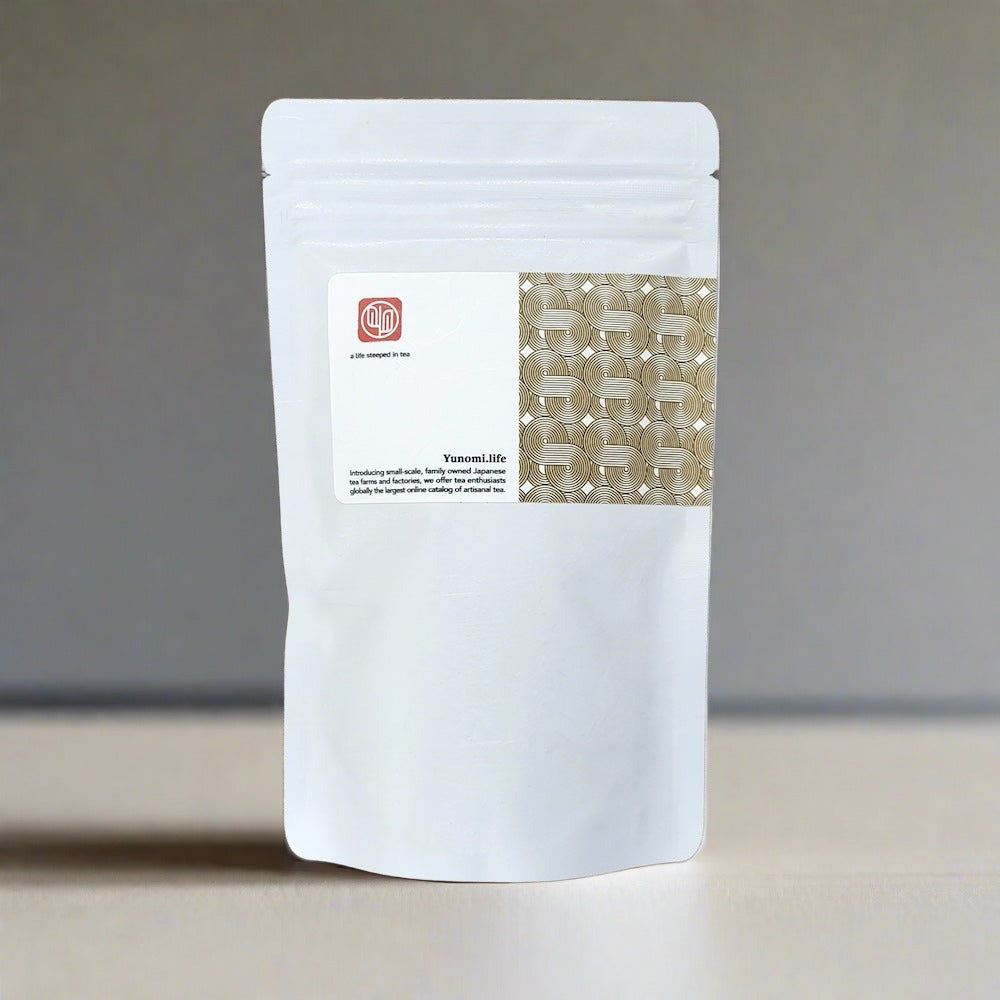#0302.T2 Furyu: Awa Bancha ふりゅう 阿波番茶
#0302.T2 Furyu: Awa Bancha ふりゅう 阿波番茶 - 30g / 1 oz <-- Out of stock. PREORDER NOW. In general, procurement time is 2-4 weeks (matcha may take 2-6 months). Repacking is possible if a larger size is available (1-2 weeks).
Couldn't load pickup availability
If item is out of stock, add it to your wishlist to be notified by email as soon as item can be purchased.
Shipping Methods & Delivery Guarantee
Shipping Methods & Delivery Guarantee
Shipping fees vary by country, courier, and method. Place items into your inventory and go to the CART page to see the shipping estimate calculator. For some countries, we may need to manually calculate fees after purchase.
YUNOMI.LIFE'S DELIVERY GUARANTEE: We guarantee delivery for all orders shipped by airmail with a tracking number. (Conditions apply. Exceptions when notified.) Occasionally, orders may require additional customs processing for import. We will aid you to the fullest extent of our ability. If your order does not arrive within ONE month from shipment due to no fault of your own, we will replace or refund your order at no extra cost. We reserve the right to refuse shipment if we think delivery to your address may be difficult. This guarantee does not apply if recipient neglects or refuses to pay customs fees & import taxes, neglects to retrieve an order held at a post office or distribution center, or if the order is not deliverable due to a wrong address. Yunomi.life's Delivery Guarantee does not apply to wholesale purchases.
This Awa Bancha from the Furyu Bancha Specialty Shop is a rare, traditional post-fermented tea from Tokushima Prefecture (Located in Shikoku Island). This tea was grown and made in Kamikatsu-cho, which is said to be one of the most beautiful places in Shikoku due to its natural beauty. This tea was fermented with lactic acid bacteria by picking the branches from a strong tea bush, which they harvest once a year (Please see the video below). We hope you will be able to appreciate this unique Awa Bancha, which was made without the use of pesticides.
Harvesting
The leaves used for awa bancha tea are harvested in summer, July and August usually, by striping the leaves off a branch by hand as in the video below (from the local farmers cooperative that produces the tea).
Slideshow of the various members of the cooperative:
Steeping Notes
- Tea: 5 grams
- Time: 3-5 minutes
- Water: 100C/212F, 200-400 ml
- Notes: You can also enjoy this tea cold in the summer time
Product Info
- Name: Awa Bancha or Awabancha
- Japanese name: 阿波番茶
- Ingredients: Black teas
- Harvest: July and August
- Region: Tokushima Prefecture
Vendor Info
- Name: Furyu Bancha Specialty Shop
- Type: Tea shop
- Owner: Nobuhiko Ikematsu, Bancha specialist
- Established: 2010
- Location: 1863-3 Tsubukuhonmachi, Kurume-shi, Fukuoka-ken 830-0047 (Google Map)
About Bancha Specialty Shop Furyu
Bancha Specialty Shop Furyu was established in 2010 by aspiring tea master Nobuhiko Ikematsu, who works directly with farmers in Kurume City, Fukuoka, to develop delicious bancha teas. He is also a specialist gathering rare bancha teas from around Japan.
-
RegionTokushima - 徳島県
Payment & Security
Payment methods
Your payment information is processed securely. We do not store credit card details nor have access to your credit card information.

